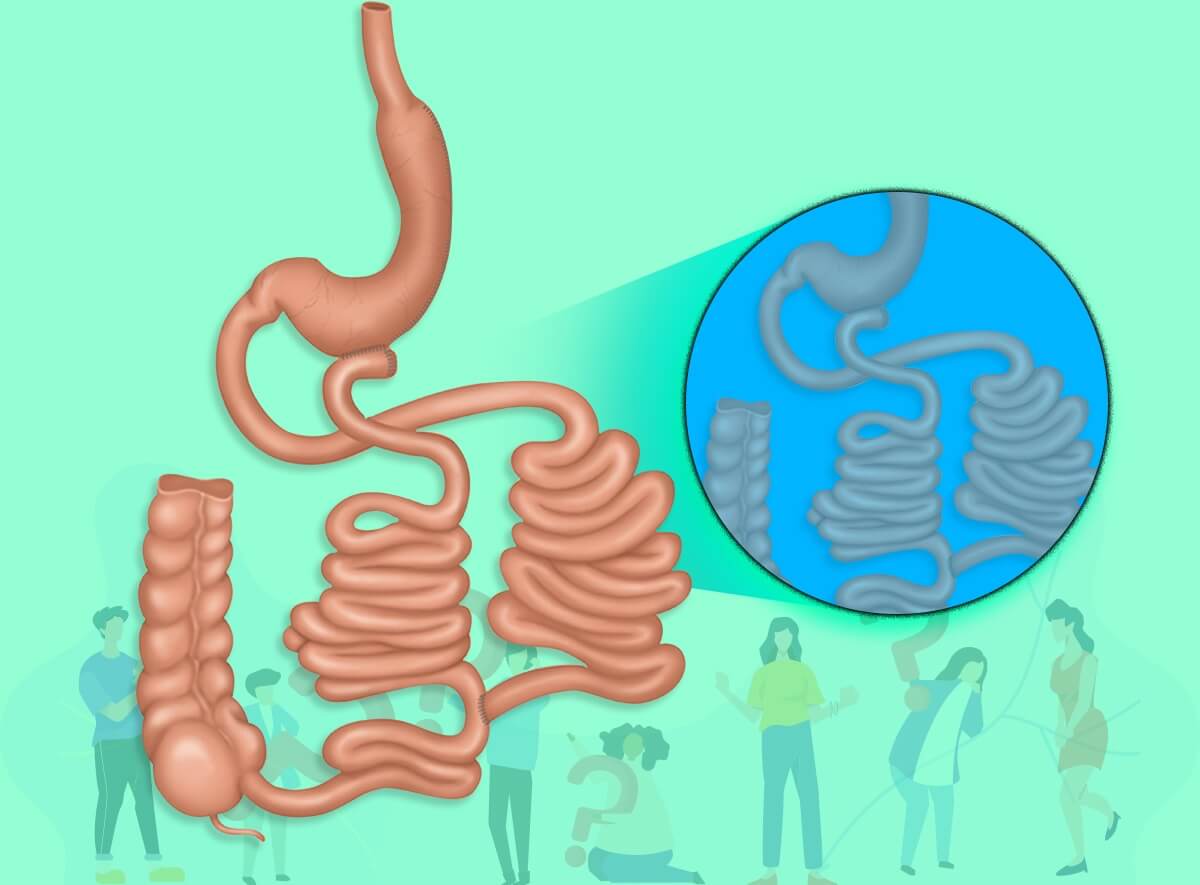Gastric Transit Bipartition (Diabetes Mellitus/Metabolic Surgery)
Transit bipartition surgery, also known as diabetes surgery, is a type of surgery that is performed among the metabolic surgery operations, which is applied to type 2 diabetes patients with an obesity problem and is generally performed by laparoscopic method. After this operation, in which the integrity of the stomach and duodenum is preserved, there is no decrease in the absorption of vitamins and minerals necessary for the body.
What is Transit Bipartition Surgery?
Very effective results are obtained with the transit bipartition surgery performed for the treatment of people with type 2 diabetes, which is characterized by the pancreas not producing sufficient insulin. After the transit bipartition surgery, which gives a new chance to patients with type 2 diabetes and who also have secondary health problems due to their excess weight, even lifelong supplementation is not required for most patients. After the operation, which is completed in approximately 1.5 hours, patients can get rid of type 2 diabetes, lose their excess weight, and improve their health problems due to excess weight. Since small incisions are made in the abdominal region during the laparoscopic method of sugar surgery, the scar does not bother the patients.
Who can have Transit Bipartition Surgery?
Transit bipartition, which is a metabolic surgery method developed for type 2 diabetes surgery, also enables obese patients with a body mass index higher than 30 to lose weight safely. For transit bipartition surgery, it is essential to perform detailed health examinations before the operation to determine whether patients are suitable. Briefly, we can list the eligibility criteria for transit bipartition surgery as follows:
- People who have a Body mass index is 30 and above,
- People who have Diabetes 2 disease,
- Whose general health is at risk from overweight and diabetes,
- The general state of health is considered suitable for surgery,
- Who wants to lose weight and are prepared for the post-operative process,
- People with the necessary psychological conditions for the operation decision and those eligible for transit bipartition surgery are considered candidates for this surgery.
How is Transit Bipartition Surgery Performed?

Transit bipartition surgery performed under general anesthesia is completed on average in 1.5 hours. During the sugar surgery using the laparoscopic method, small incisions are opened from the abdomen. For this reason, the recovery process after transit bipartition with a closed technique is performed faster than open surgical applications.
Gastric surgery is performed primarily during transit bipartition surgery. The new stomach created after gastric surgery performed as part of transit bipartition is slightly larger than the stomach created during traditional tube stomach surgery.
In the second stage of the transit bipartition surgery, the first 250 cm of the small intestine with a length of 5 meters is preserved and the small intestine is cut in half from the marked part. The cut part of the small intestine is integrated into the shrunken stomach and the free portion of the small intestine is combined in the last 150 cm of the small intestine. In this way, when the person eats, the receptors in the middle part of the small intestine feel fast, and the risk of absorption problems is eliminated as the consumed food passes all parts of the small intestine.
About one-third of the food consumed by the person after the transit bipartition surgery passes through the duodenum, while the other part goes through the new connection made from the middle part of the small intestine.
What are the Transit Bipartition Advantages?
- Transit bipartition surgery is a safe operation when performed by experienced surgeons and teams.
- During transit bipartition surgery, the stomach is shrunk but the risk of leakage is minimized since the stomach pressure is balanced.
- When the stomach is shrunk during transit bipartition surgery, the part that releases Ghrelin is removed, thereby reducing appetite. People may feel satiety even when they eat less.
- After the transit bipartition surgery, the duodenum is not disabled.
- In sugar surgery, the natural way of the stomach is preserved and it can be easily applied when endoscopy is needed in the coming years.
- After transit bipartition, food can pass through the entire digestive system, and no absorption problem occurs.
- Vitamin, mineral, iron, and calcium supplements are not usually required after transit bipartition.
- After transit bipartition, type 2 diabetes heals with excess weight. Thus, patients can get rid of both overweight and health problems caused by being overweight.
What are the Disadvantages of Transit Bipartition?
- If the patients do not have the necessary controls before the operation, there may be no improvement in diabetes in the post-transit bipartition period.
- During transit bipartition, stomach reduction is also performed and there is a risk of leakage as in gastric surgeries. Therefore, the previous operations and experience of the surgeon who will perform the operation are very important.
- Risks in all other surgical operations are also valid for transit bipartition surgery.


